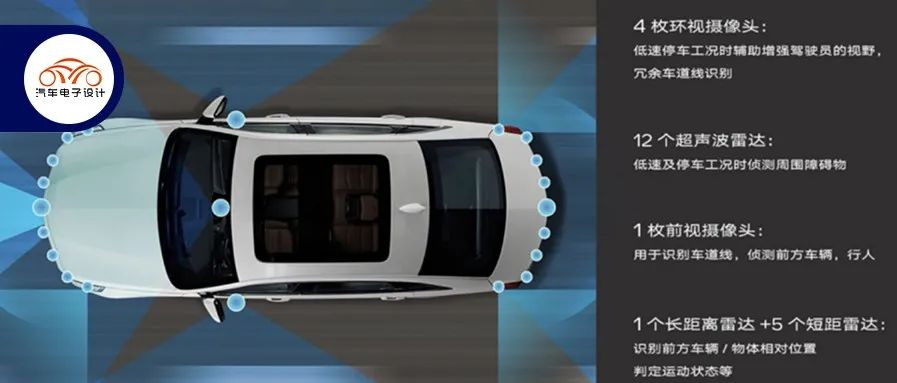Author: Zhū Yùlóng
Recently, I had the opportunity to experience the CT5 Platinum Super Cruise assisted driving edition, which is highlighted by the new generation Super Cruise assisted driving system. It adds lane change assistance and automatic lane change assistance functions, and upgrades the driver monitoring system’s eye tracking function to further improve driving safety.
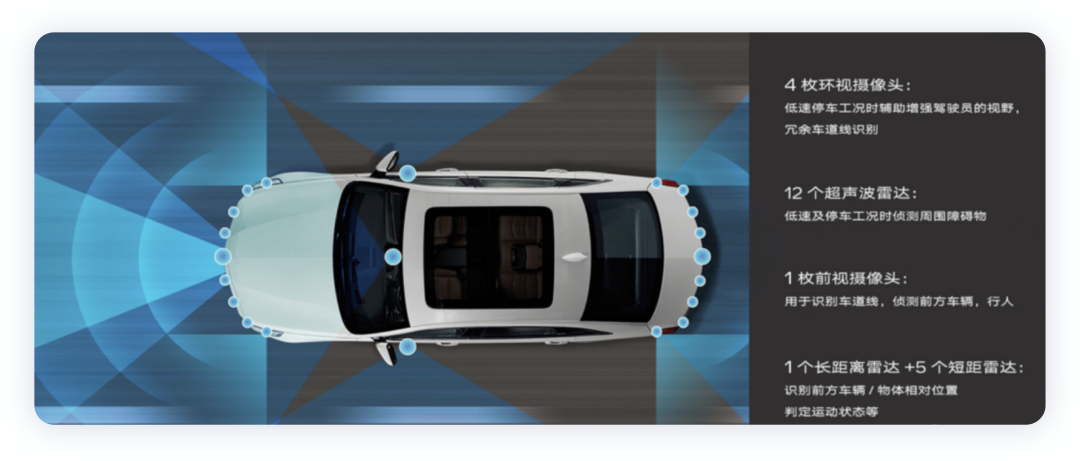
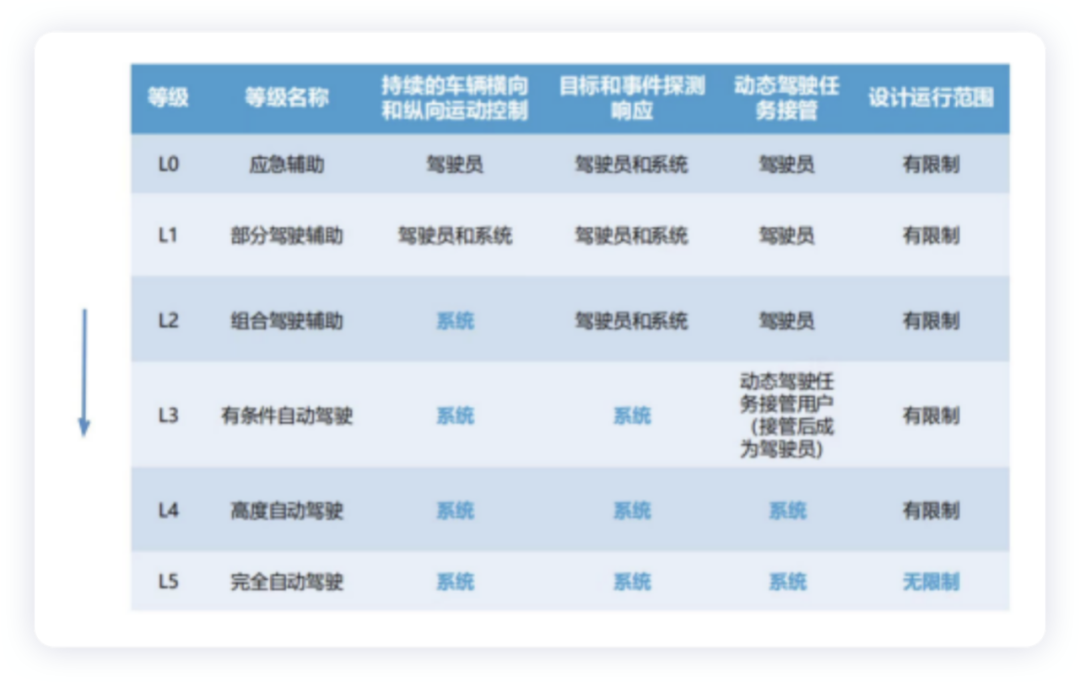
Note: The Super Cruise assisted driving system is abbreviated as Super Cruise below.
During this experience, we drove from beautiful Qingdao to Weihai for a long time. Based on this experience, I summarized several safety characteristics of Super Cruise for your reference.
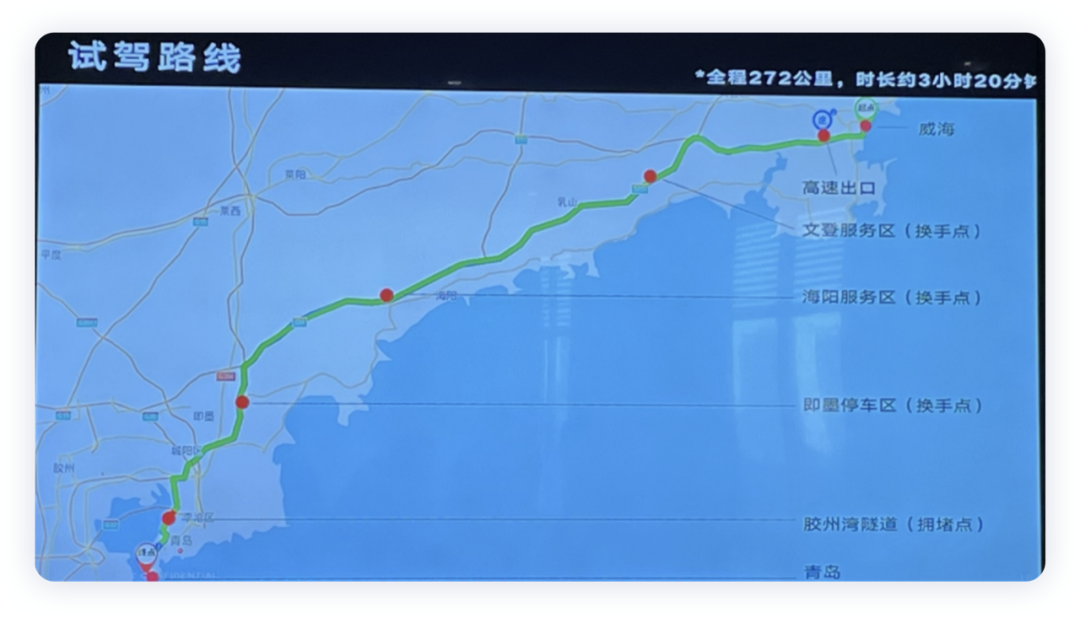
- Throughout the experience, the most significant change was that Super Cruise has expanded from a single lane to automatic lane changing, and it can also be manually controlled to change lanes. The primary improvement of this new lane changing assistance function is to detect lane lines, vehicles, and obstacles. If a slow vehicle is detected ahead and there is enough space on the passing lane, CT5 Platinum Super Cruise assisted driving edition will automatically control to change lanes. This was the biggest pain point of Super Cruise before.
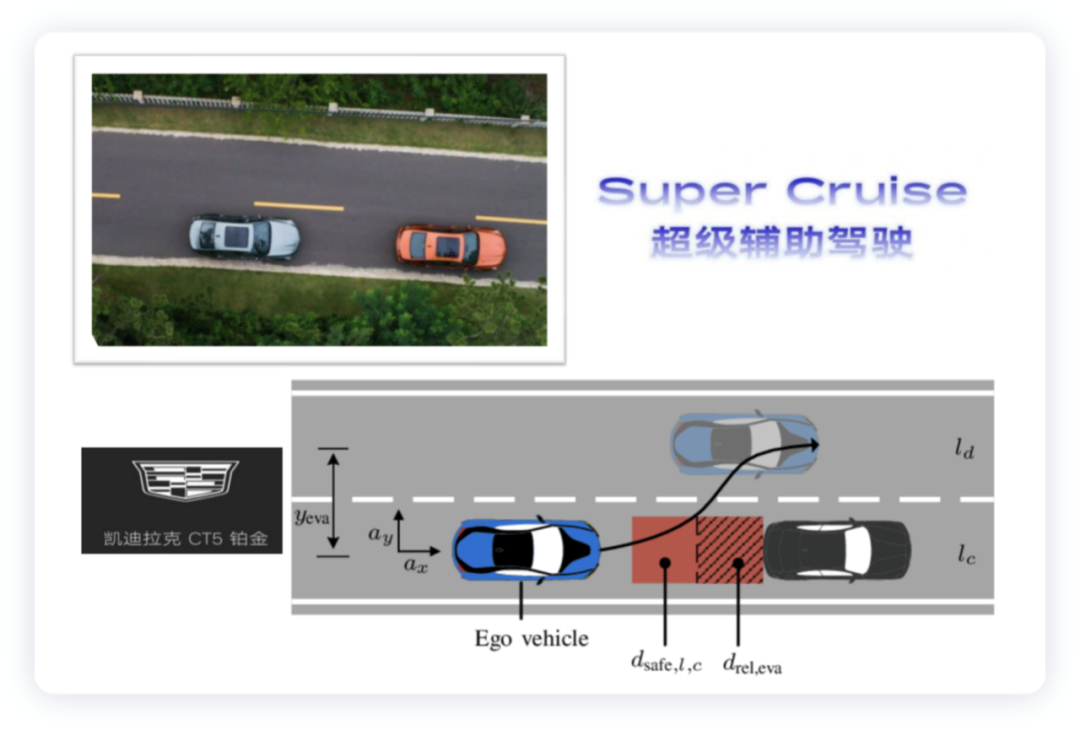
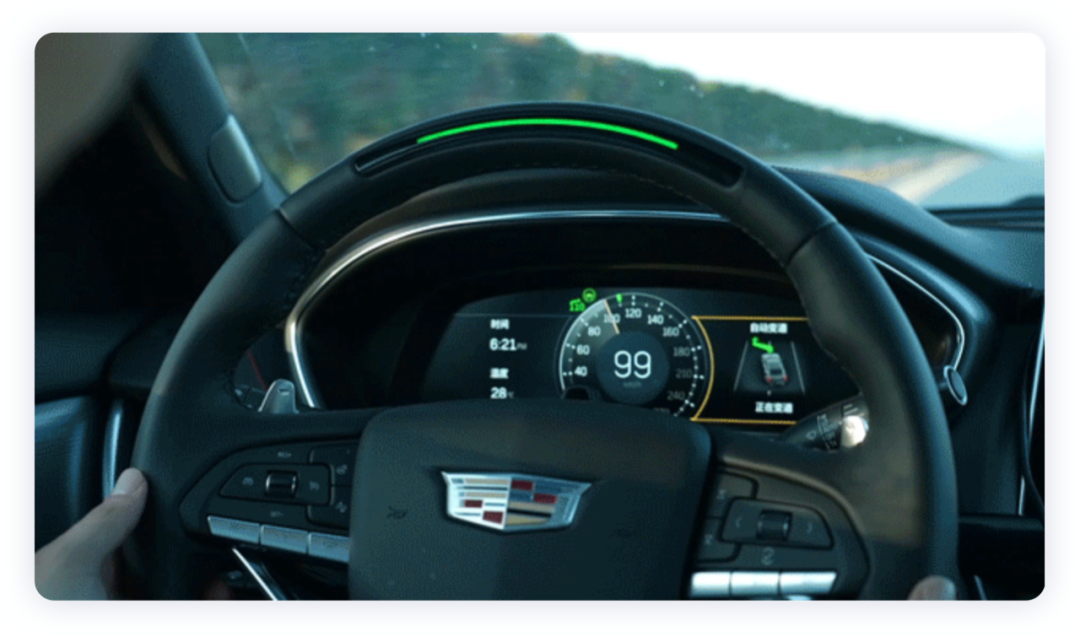
- Of course, there is sufficient safety redundancy in the design of the automatic lane change assistance. If the driver decides to take control, they can also use the turn signal to maneuver the CT5 into the adjacent lane. At this time, the vehicle uses its own millimeter wave sensing system to detect whether there are accelerating vehicles and sufficient distance on the other lane.
In the following video, we can see the entire overtaking process clearly.
▲ Video 1. CT5 automatic driving overtaking video (overtaking from the fast lane)
▲ Video 2. CT5 automatic driving overtaking video (overtaking from the fast lane to the slow lane, and then back to the fast lane)
From the two videos, the Super Cruise’s response feels very similar to that of a mature driver.
Notes on Super Cruise
Under the current industry and regulatory conditions, the ultimate driver responsible for L0-L3 is still the driver. Therefore, if an accident is caused by activating the driving assistant, it will ultimately be borne by the driver. It is very dangerous for consumers to mistake the driving assistance as autonomous driving. From the opening conditions and naming of Super Cruise, we can feel its interpretation of driving assistance, which we can carefully read here.
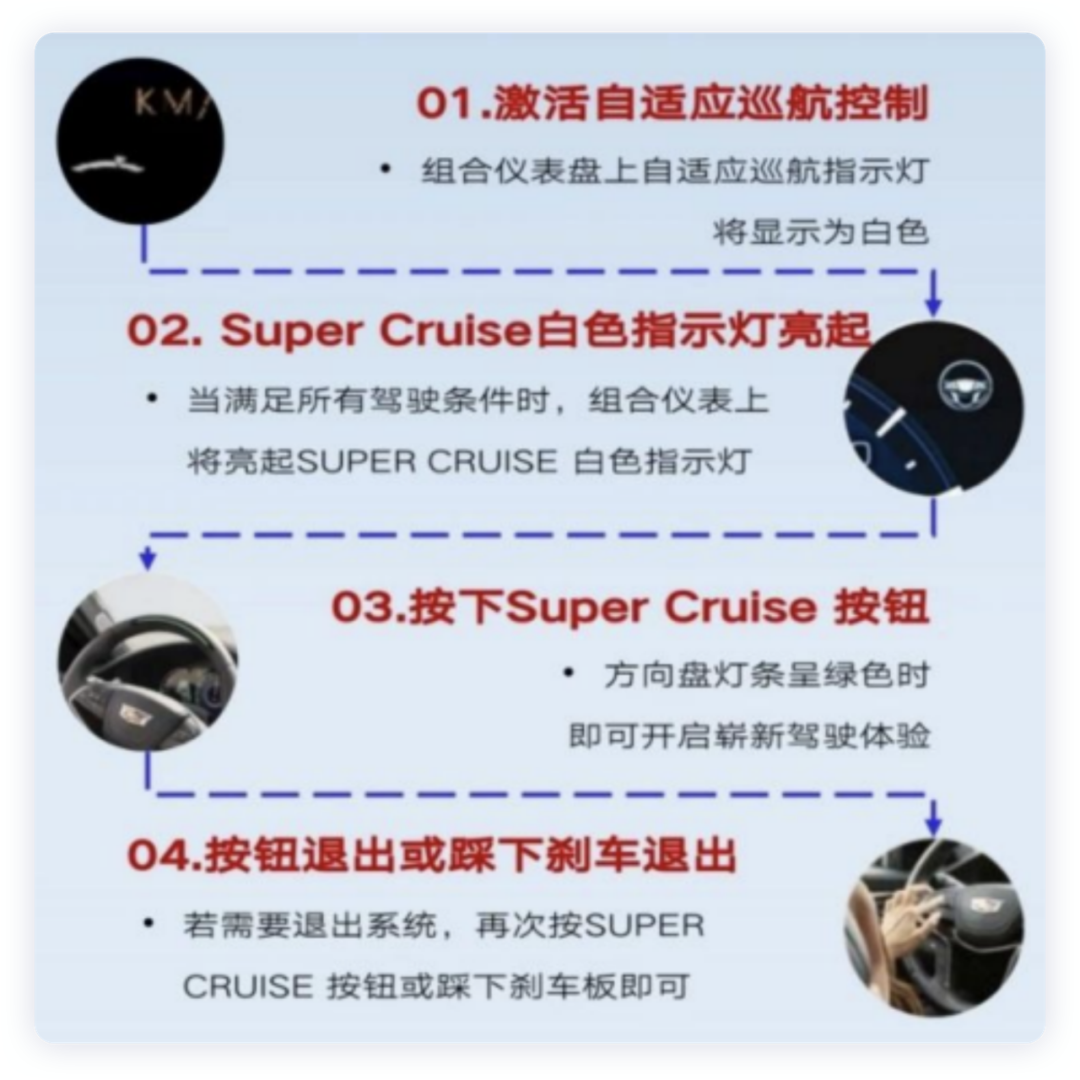
Throughout the experience, we found that the new generation of Super Cruise is very easy to use, but it is still an L2 driving assistance system, in simple terms, it still requires the driver’s full attention to the entire road condition.The activation conditions of Super Cruise require the vehicle to be on a road where it can be enabled, which is first identified by the high-precision map (closed road), and secondly, the vehicle perception system works under normal environmental conditions (camera + radar), and the system monitors the driver’s attention throughout the entire process. Overall, it has very strict criteria for activation, objectively ensuring that consumers will not abuse it. In terms of the Super Cruise activation experience, the lane changing function has been optimized to greatly improve the experience, while its core foundation is safety, ensuring that the driver can use it only when multiple safety signals are effective, which differs from the concept of other automatic driving assistance systems in the industry, where the threshold is set differently, allowing usage even when it is not suitable.
During the entire journey of over 300 kilometers, experiencing different roads, I found that the assisted driving action of Super Cruise, with the support of a comprehensive high-precision map, performs better than some driving assistance systems without high-precision maps, especially through large turning radii. This generation’s high-precision Super Cruise maps monitor the lane, which is the true embodiment of its value, and this is what allows it to have the instructions for lane changing and automatic lane changing, as seen in the previous video. The system only executes reasonable commands. If you want to test it, give the command to change the car to the right when on the far right lane on the highway towards the emergency lane, and the CT5’s assisted driving will not execute this erroneous command. In other words, after enabling Super Cruise, this system accurately knows which lane the vehicle is currently on through high-precision maps and positioning.
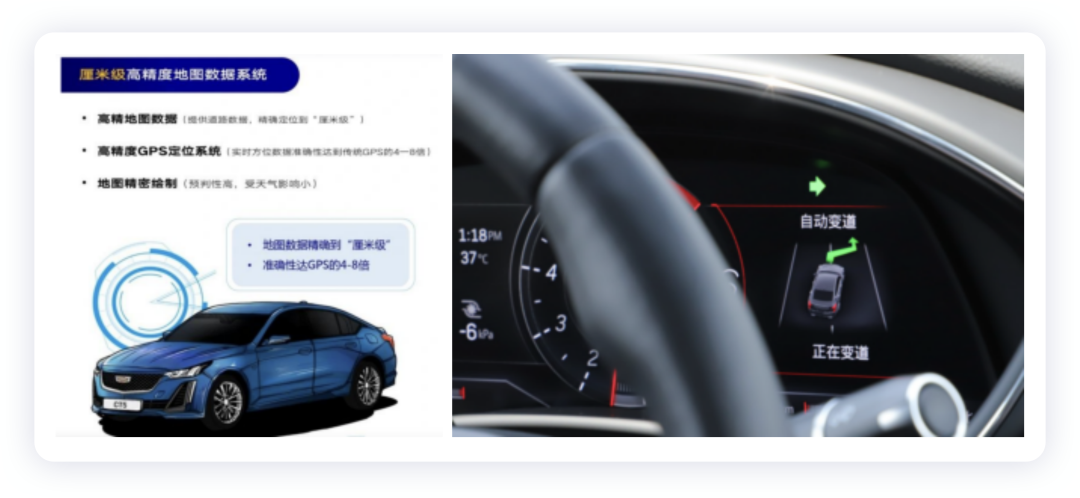
Another very important point is that many driving assistance systems in the industry may still be in the single direction of steering wheel torque sensing when monitoring the driver, but since the last generation, Super Cruise has not only used capacitive steering wheel sensing but also used cameras to monitor the driver’s face. In the latest generation of Super Cruise, monitoring of the driver’s face has even been achieved to track the eyes. We joked that you can put your home’s cat on your face without hands, and the system will tell you immediately that this is not allowed. In short, constantly monitoring the driver’s driving status to ensure safety.
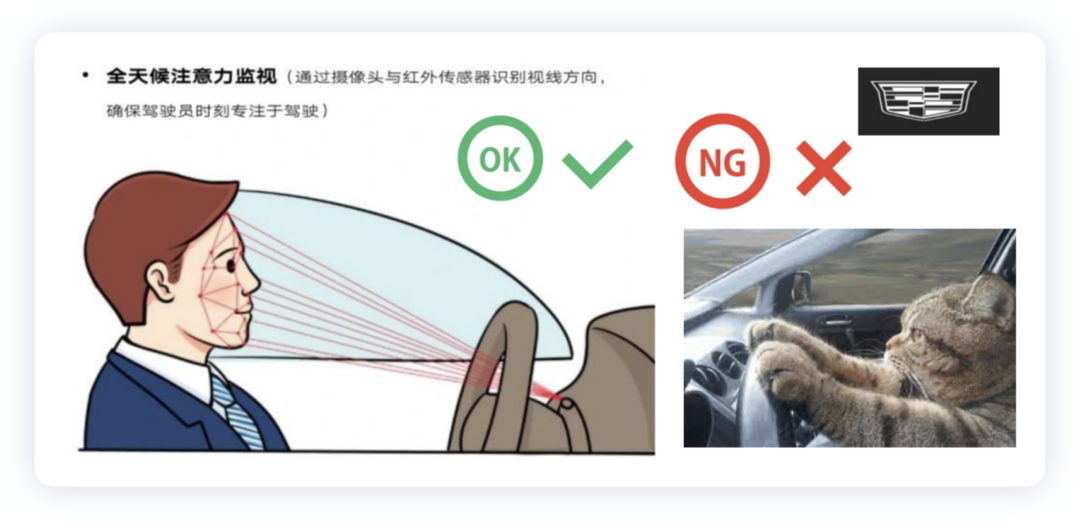 The new human-machine interaction mode also brings great reminders. The entire advanced driving assistance system will detect its own boundaries. If Super Cruise deems that the environment is not suitable for continuing work, it will prompt the driver to take over by vibrating the seat; if the driver continues to not take over, it will flash the hazard lights and slow down to stop the car. If the driver still does not intervene, the car itself will make an emergency call to OnStar. The OnStar backend customer service will communicate with the driver to determine if they have lost consciousness to decide whether to proceed with the next step of locating and rescuing. Strictly speaking, this is a very complete safety logic.
The new human-machine interaction mode also brings great reminders. The entire advanced driving assistance system will detect its own boundaries. If Super Cruise deems that the environment is not suitable for continuing work, it will prompt the driver to take over by vibrating the seat; if the driver continues to not take over, it will flash the hazard lights and slow down to stop the car. If the driver still does not intervene, the car itself will make an emergency call to OnStar. The OnStar backend customer service will communicate with the driver to determine if they have lost consciousness to decide whether to proceed with the next step of locating and rescuing. Strictly speaking, this is a very complete safety logic.
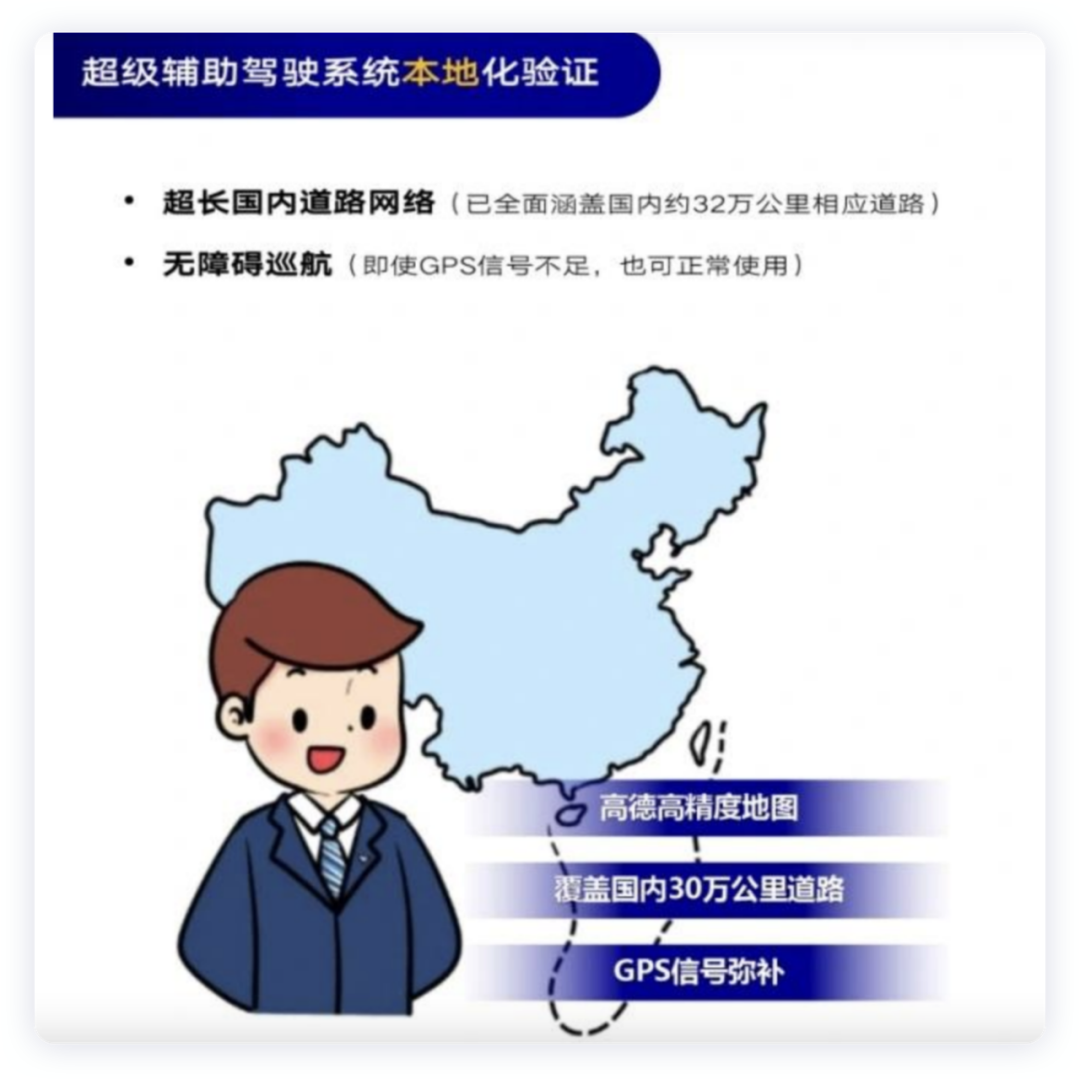
In summary, Super Cruise has driven a total of 54 million kilometers worldwide. From the overall promotion and promotion of consumer use, it is still centered on the “Super Cruise Advanced Driving Assistance System”. In a sense, this is to gradually let consumers try it out on the basis of promoting the advanced driving assistance, rather than excessively promoting and promising, which is actually responsible and respectful of the life of every driver.
This article is a translation by ChatGPT of a Chinese report from 42HOW. If you have any questions about it, please email bd@42how.com.
